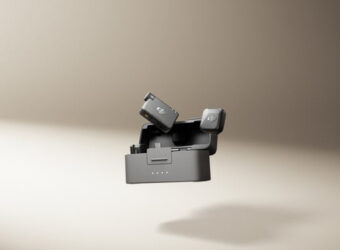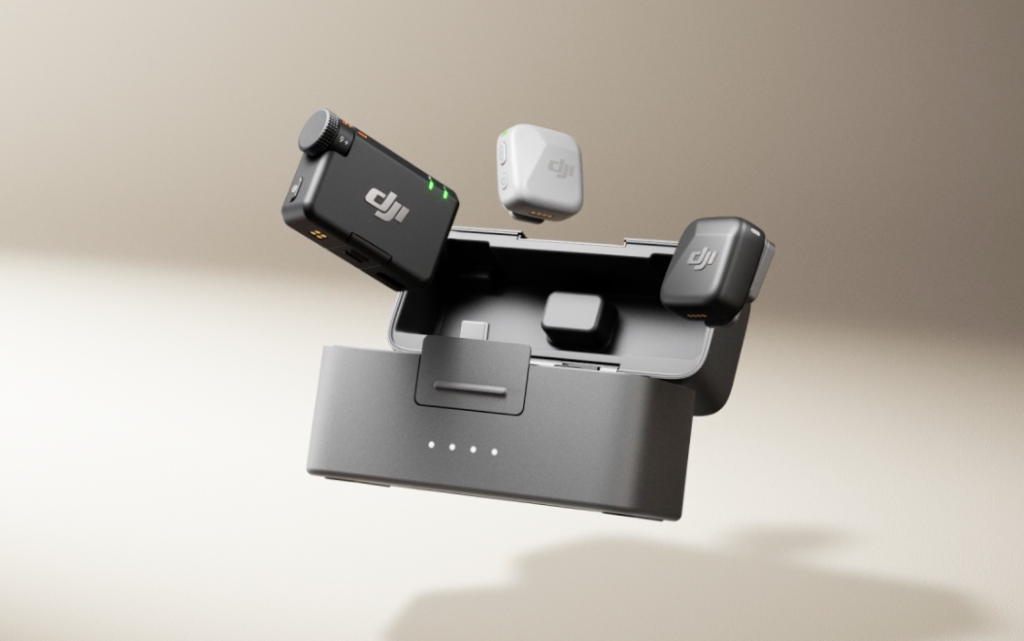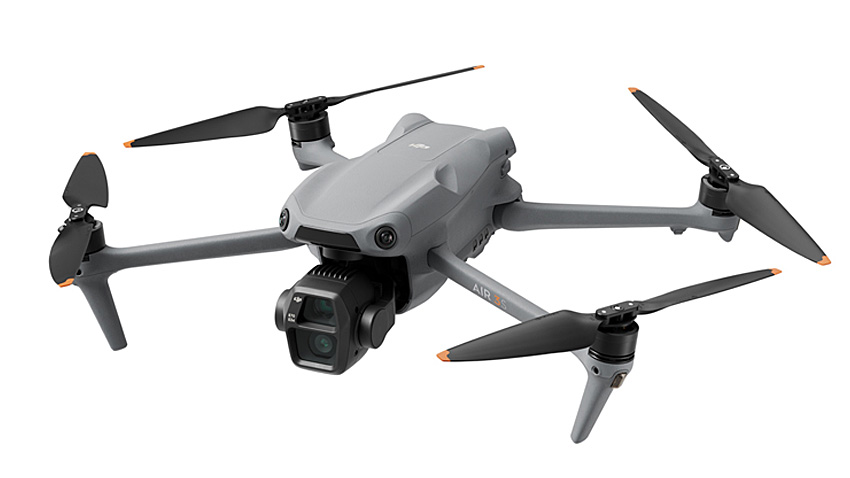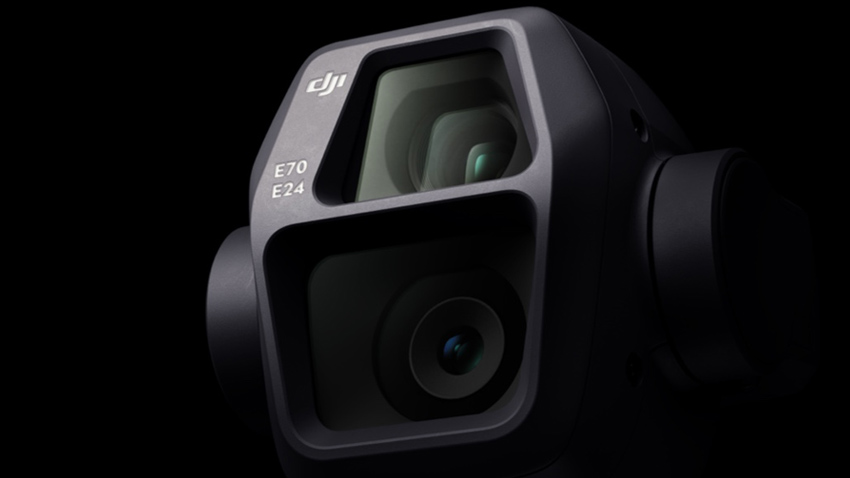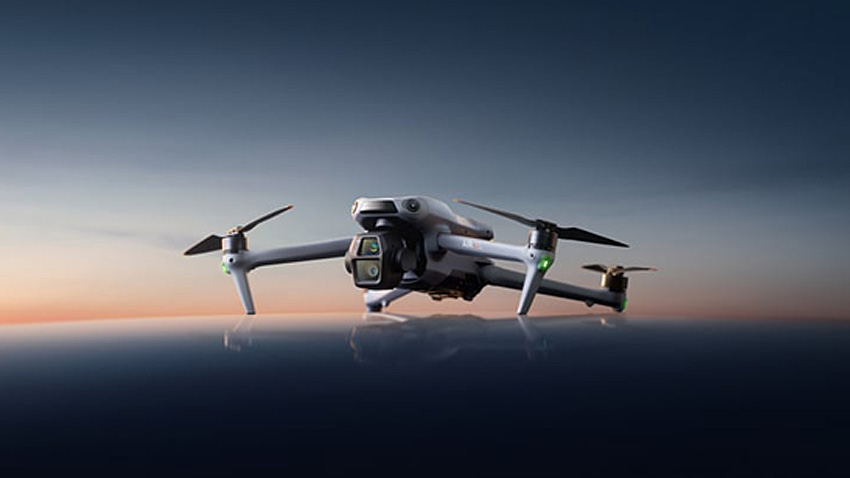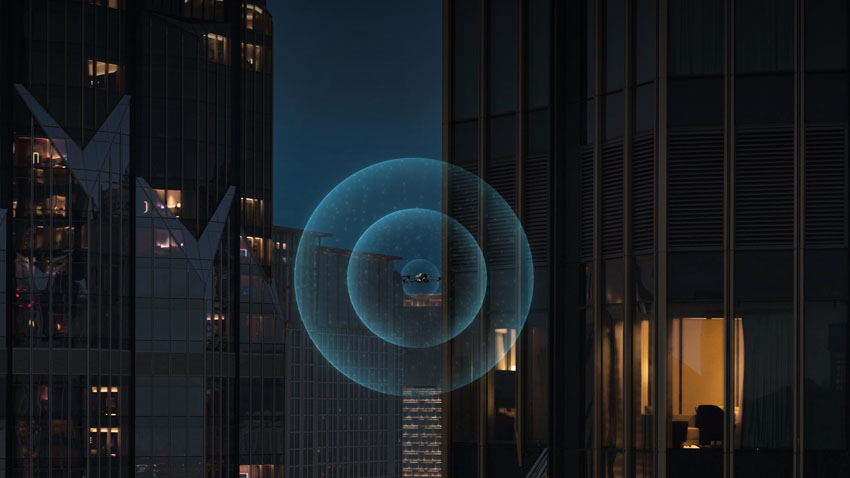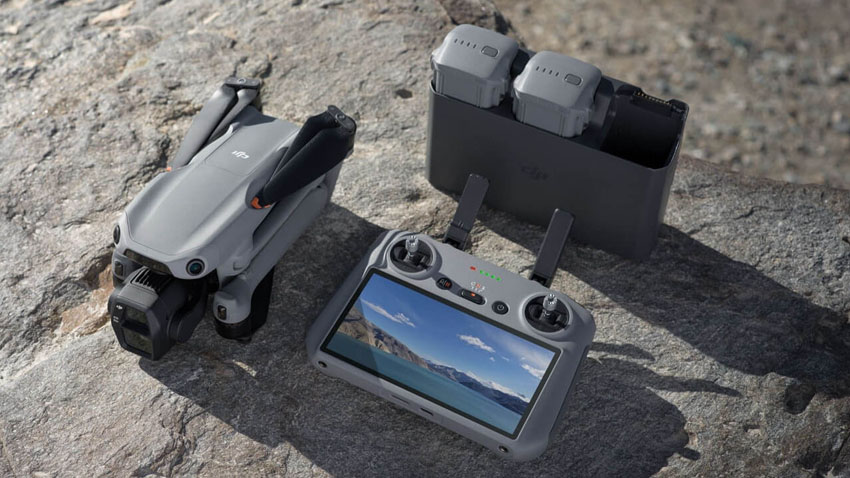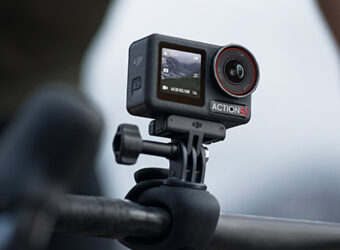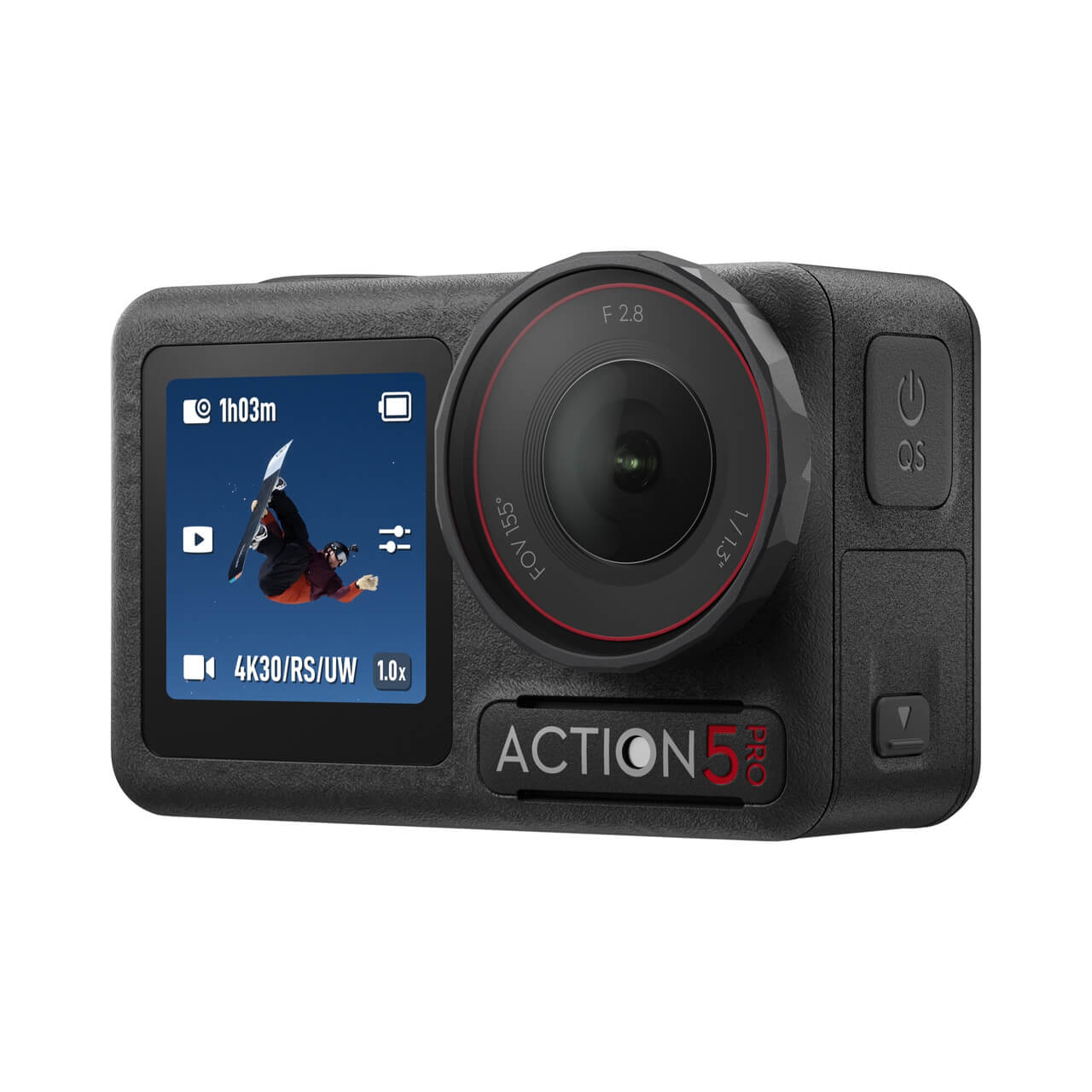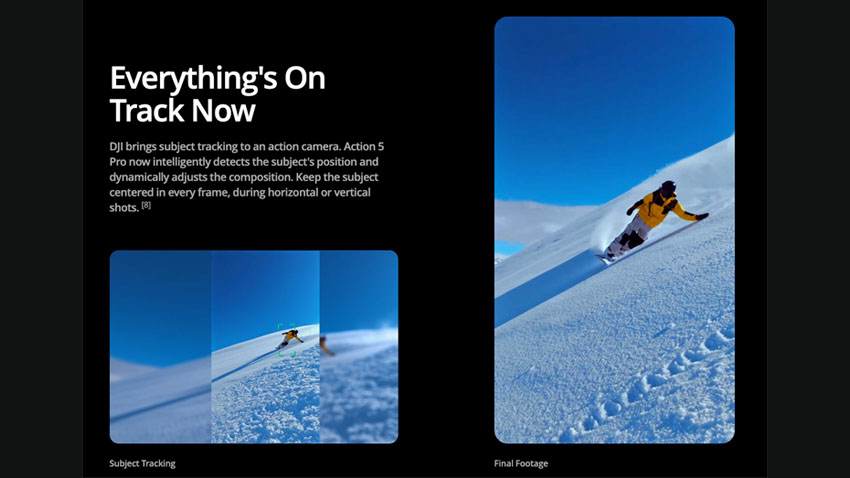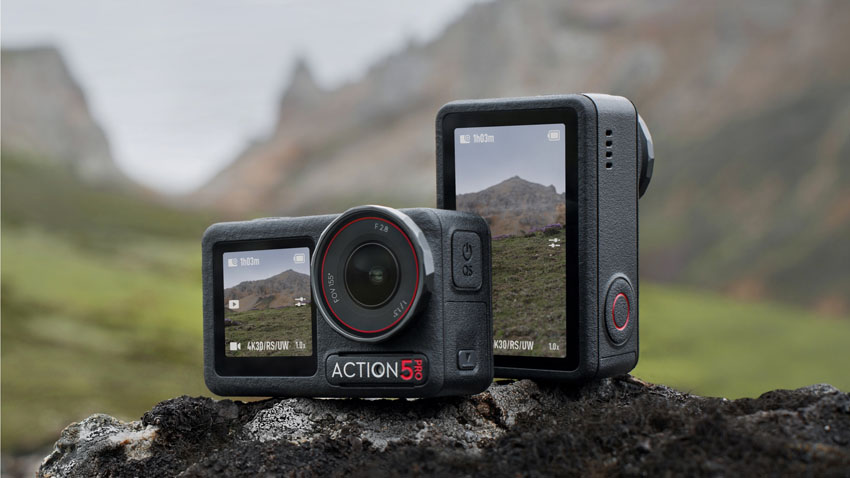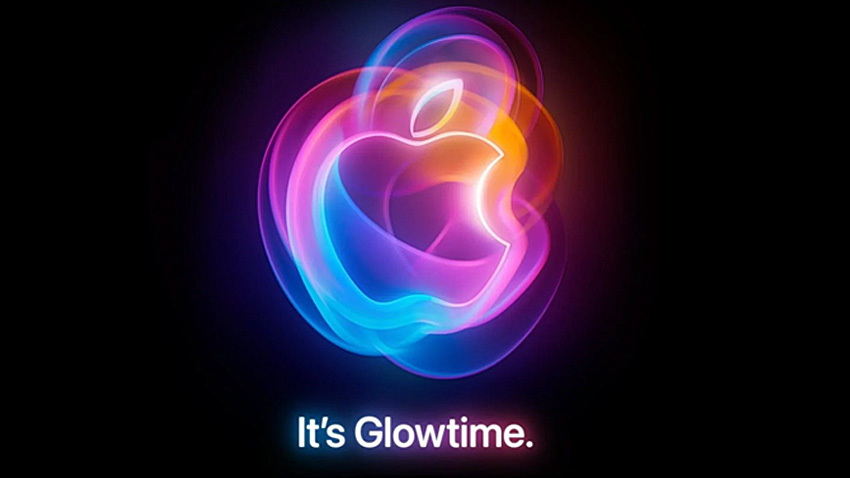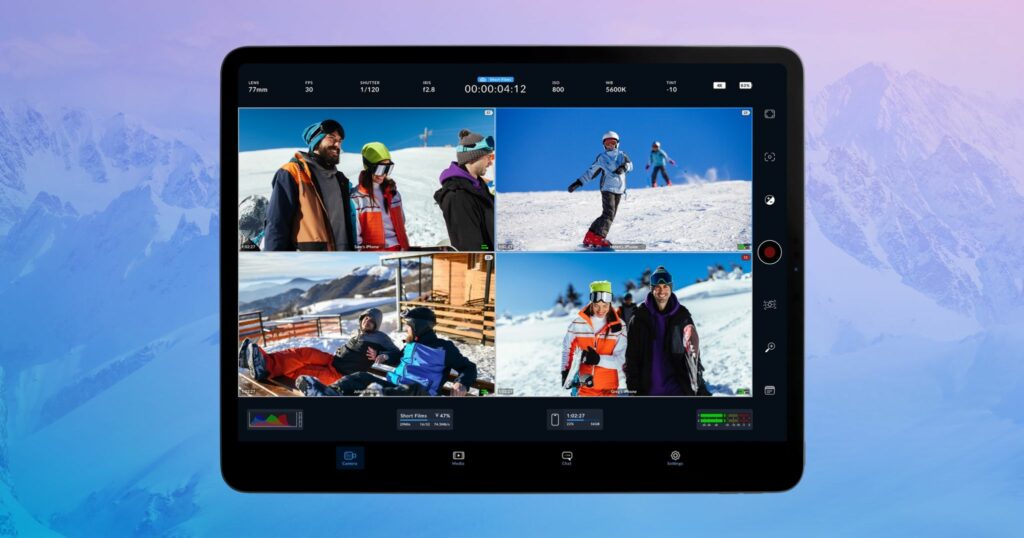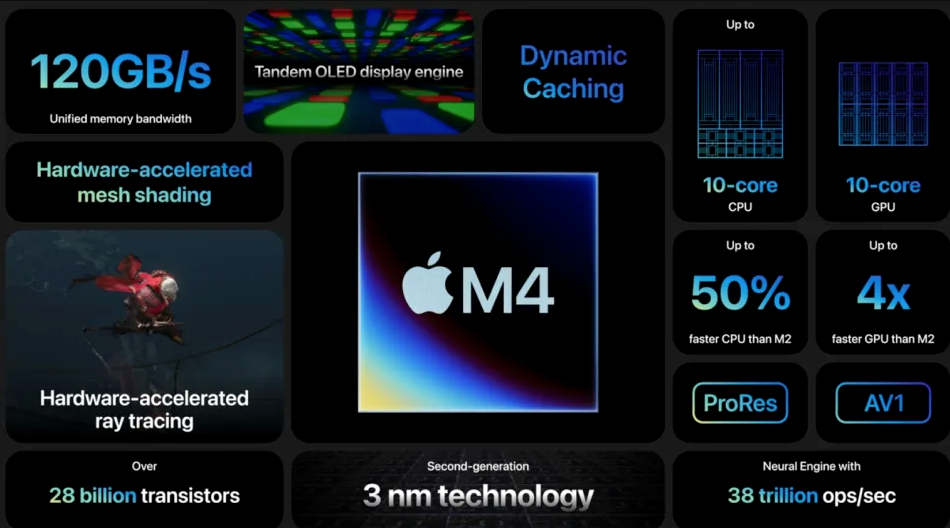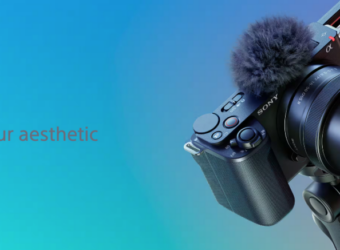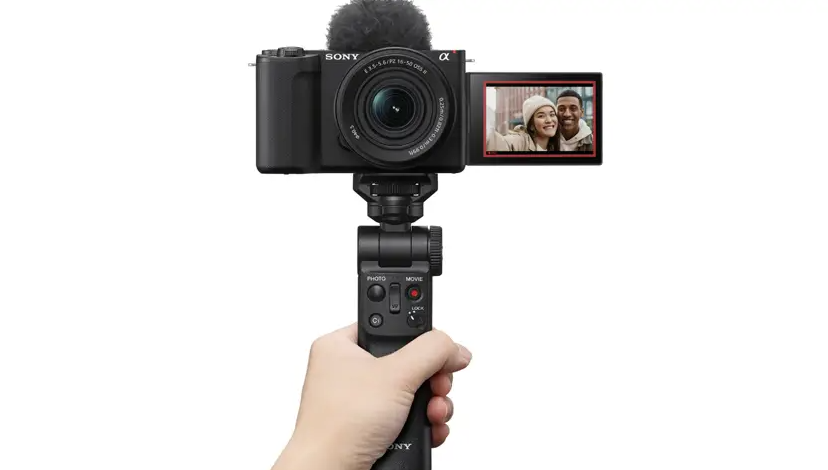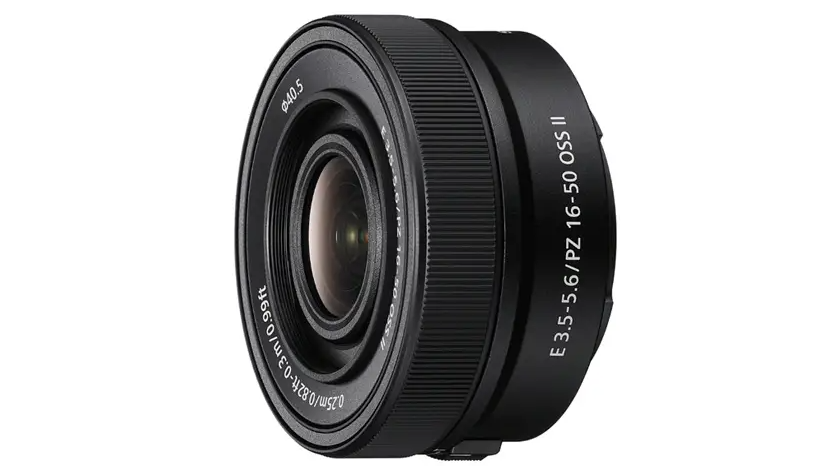RØDE Wireless GO Gen 3: A Versatile Upgrade for Filmmakers and Creators
RØDE’s Wireless GO series has long been a go-to choice for creators seeking compact, reliable wireless audio. With the introduction of the Wireless GO Gen 3, RØDE builds on its reputation by adding advanced features that simplify audio recording while delivering professional-grade results. This latest iteration isn’t just an incremental update—it’s a refined tool designed to meet the evolving needs of content creators and filmmakers.
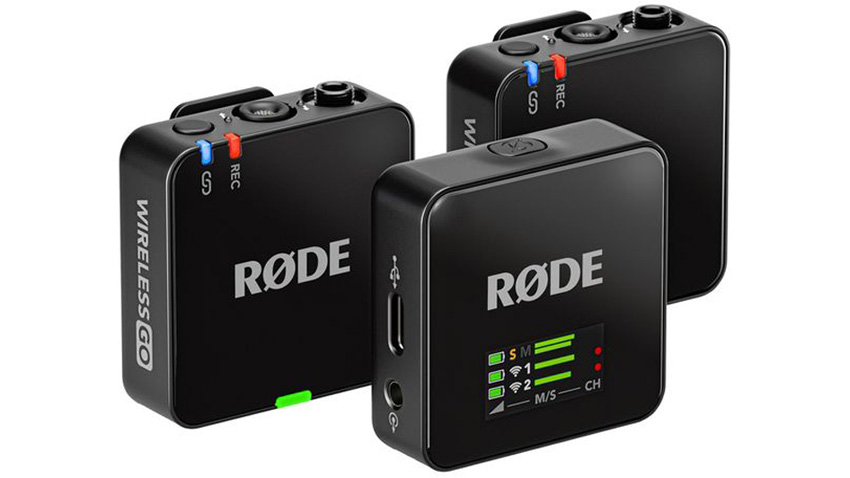
What’s New in the Wireless GO Gen 3?
The Wireless GO Gen 3 brings several key enhancements, most notably its 32-bit float recording capability. This advanced recording format captures audio in a way that eliminates concerns about clipping or low levels. If the gain settings are incorrect during recording, users can adjust the audio in post-production without sacrificing quality, making it an ideal feature for dynamic or unpredictable environments.
Another addition is Intelligent GainAssist, a technology borrowed from RØDE’s Wireless ME system. This feature automatically manages audio levels to maintain a consistent signal, with two modes—Auto and Dynamic—to suit different recording scenarios.
The system also includes up to 40 hours of onboard memory per transmitter, a safeguard against signal dropouts. This onboard recording capability ensures that even in environments where wireless interference is a concern, a high-quality backup recording is always available.
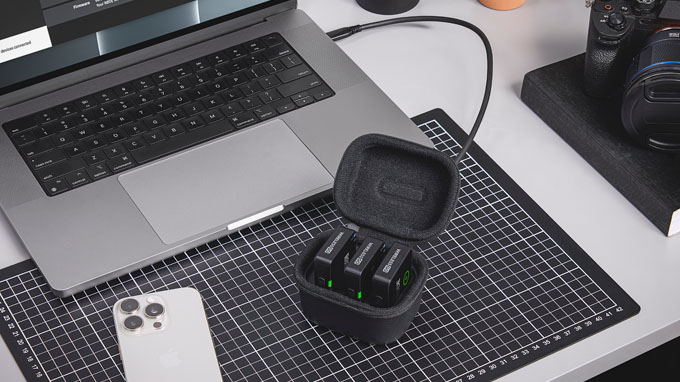
Improved Hardware and Functionality
The Wireless GO Gen 3 builds on its predecessors with improved hardware, including professional-grade omnidirectional microphones integrated into each transmitter. These microphones are paired with upgraded preamps introduced earlier in the Wireless PRO system, delivering cleaner and more accurate audio.
The system is also equipped with a safety channel, which records a secondary track at a lower gain level. This feature provides an additional layer of protection against audio distortion or overload during loud or unexpected sound spikes.
On the receiver side, a bright LCD screen offers clear visibility and intuitive controls, making adjustments straightforward. The receiver supports 2.4GHz 128-bit encrypted signals with a line-of-sight range of up to 260 meters (853 feet), ensuring reliable performance even in challenging locations.

Designed for Filmmakers and Content Creators
The Wireless GO Gen 3 is built to fit seamlessly into the workflows of filmmakers and creators. It pairs effortlessly with other RØDE Series IV products, such as the RØDECaster Pro II and RØDECaster Video, as well as accessories like the Interview Pro and Wireless GO Pro. For versatility, the system includes both USB-C and 3.5mm TRRS outputs, supporting a wide range of devices from cameras to smartphones.
Each transmitter is lightweight and compact, with the option to clip directly onto clothing or attach via a magnetic mount. A dedicated recording button allows users to start and stop recordings manually, while the 30dB output gain control provides additional customization for different setups.
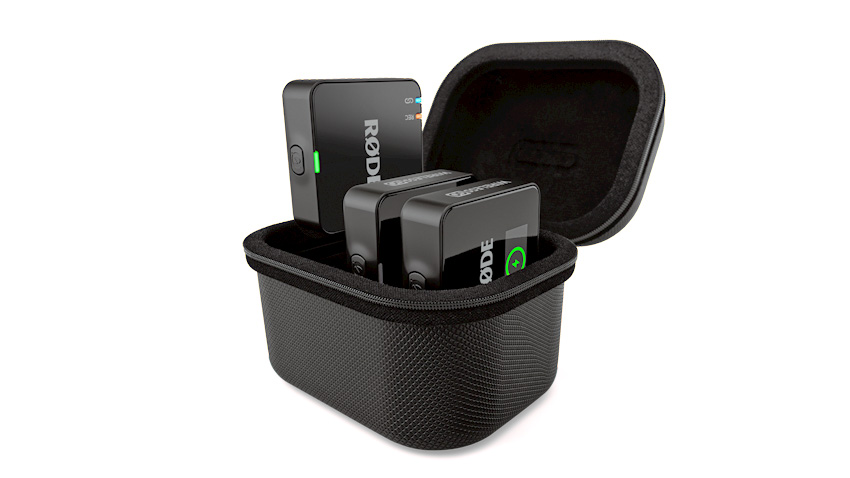
Portability and Power Management
With up to seven hours of battery life on a single charge, the Wireless GO Gen 3 is ready for extended recording sessions. For even longer shoots, RØDE offers the RØDE Charge Case Plus, a rechargeable travel case capable of fully recharging the system twice. This adds 21 hours of total power, making it a practical option for on-location work.
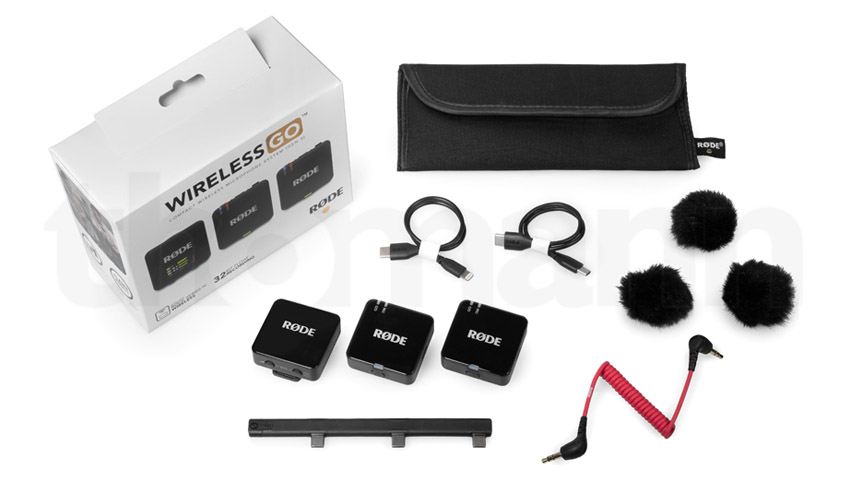
Pricing and Availability
The Wireless GO Gen 3 is priced at $299 and includes a comprehensive set of accessories: Triple USB charging hub, SC2 3.5mm TRS cable, SC21 USB-C to Lightning cable, SC22 USB-C to USB-C cable, three fur windscreens, Neoprene carrying case. The system is available in traditional black immediately, with limited-edition white and 12 additional colors including red, orange, green, purple, pink, cobalt, clay, lilac, stone, rose, and moss coming shortly. The optional Charge Case Plus is sold separately for $89.95.

